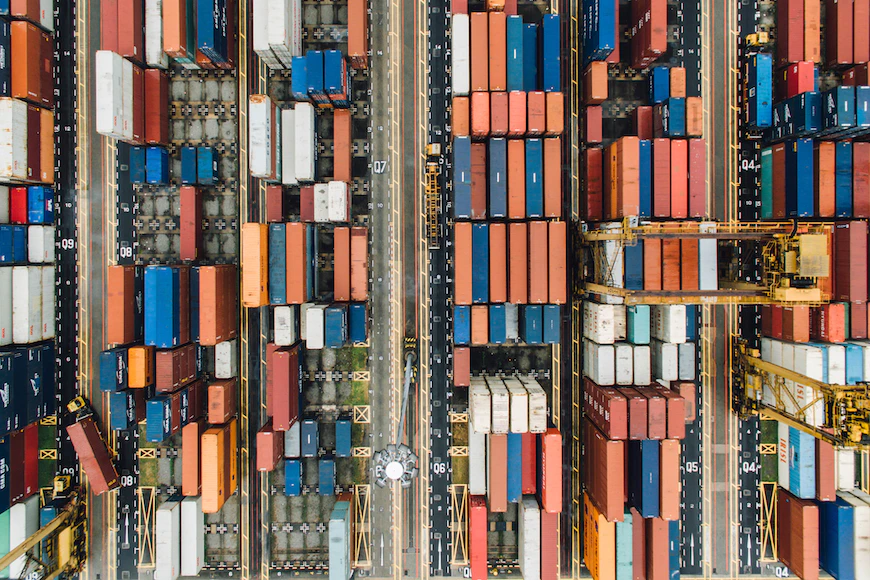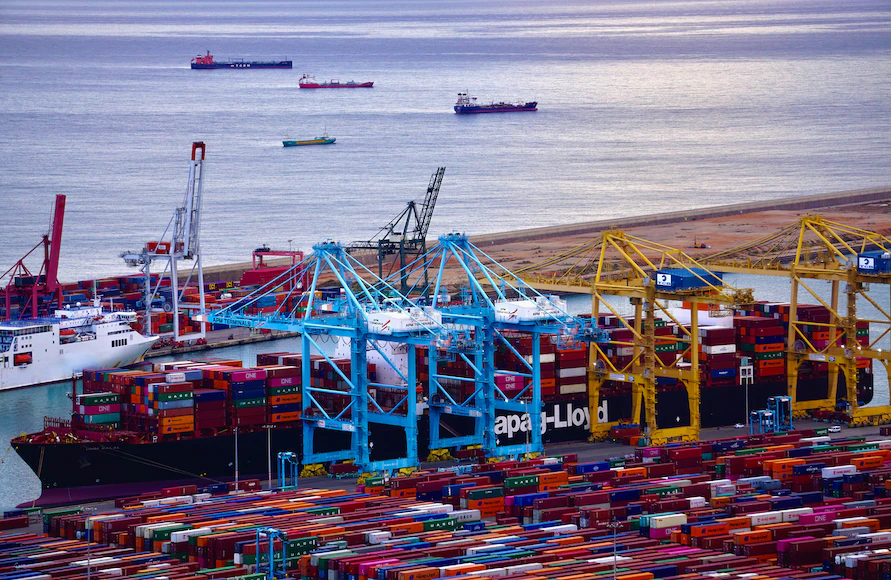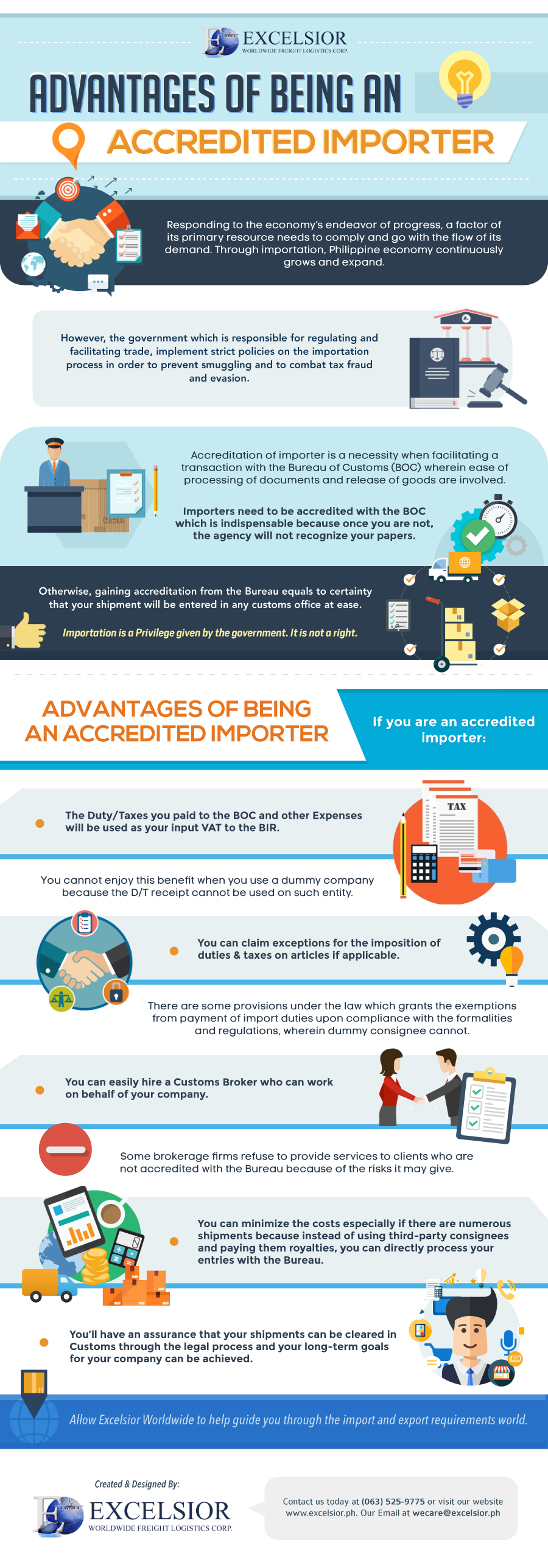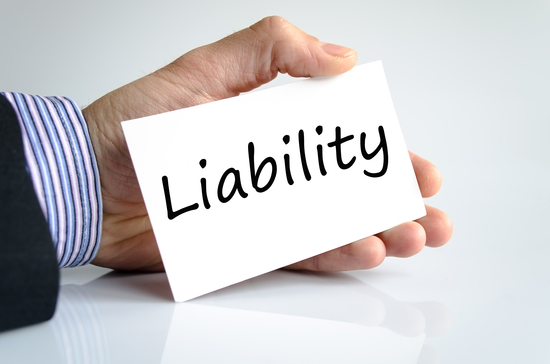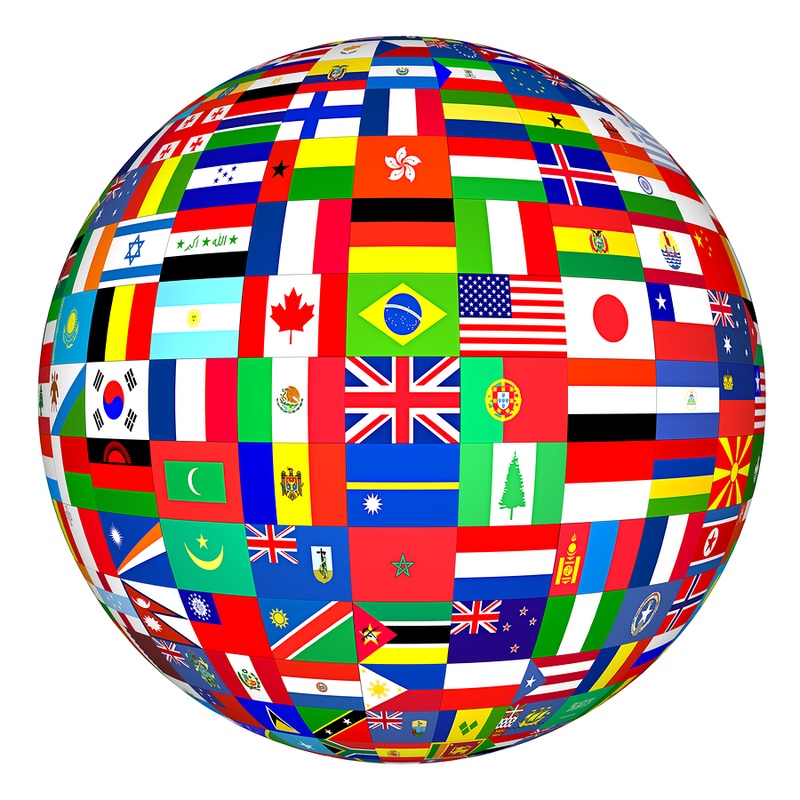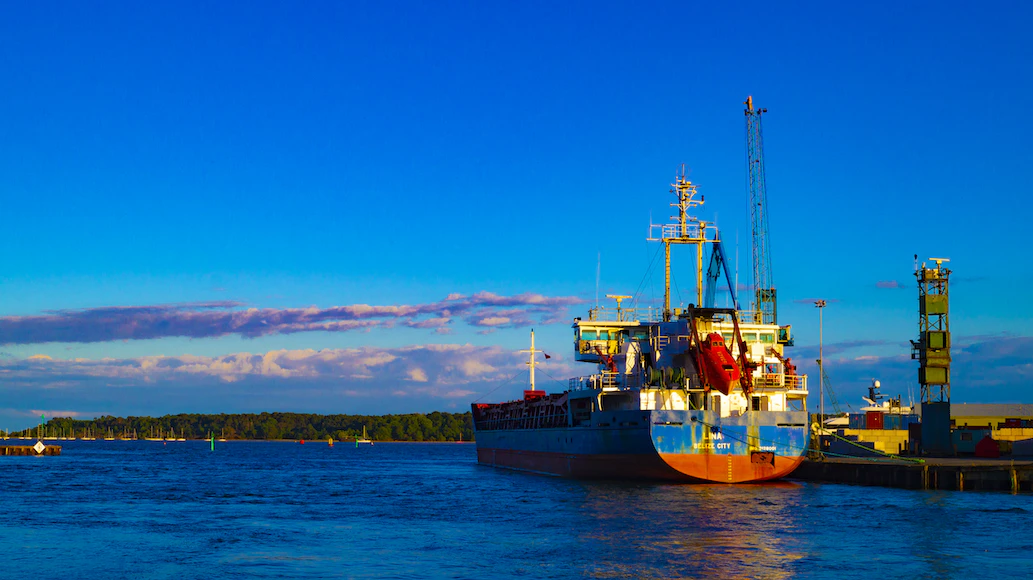Importers/Exporters Primer for Break Bulk Shipment and Container Loading
If you are just new in the import/export business, then one of the first shipping methods you should get familiar with is the break bulk shipping, better known as Less Container Load (LCL). Probably it is because you are still testing the waters first, i.e., your first orders are likely to be small or, perhaps, your product’s dimensions do not fit or utilize standard shipping containers or cargo bins. Either way, knowing when to use break bulk shipment is essential as you grow your trading business.
What is Break Bulk
In the old-world context, break bulk means the extraction of a portion of the cargo on a ship or the beginning of the unloading process from the ship’s holds.
In the modern context, break bulk is meant to encompass cargo that is transported in bags, boxes, crates, drums, or barrels – or items of extreme length or size. Compared to Full Container Loading, this type of shipping involves paying for space your load takes up in a standard container.
To be considered break bulk, these goods must be loaded individually, not in intermodal containers nor in bulk as with liquids or grains.It is without a doubt the most common form of cargo ever since time immemorial. Examples of commonly shipped break bulk cargo include:
- Bagged or sacked cargo.
- Baled goods
- Barrel, drums, and casks,
- Corrugated and wooden boxes or containers
- Reels and rolls
- Equipment, vehicles, and components
- Steel girders and structural steel
- Any long, heavy, or over-sized cargo
Benefits of Break Bulk Shipment
The main advantage of this shipping method is that it allows you to move oversized, over-weight load that would not otherwise fit into a container or cargo bin. It can also be an affordable way to ship large cargo since the item will not have to be dismantled to ship
Take note, however, that even when you are not shipping over-sized cargo, break bulk shipment can still be a very advantageous mode of shipment. If you can find a freight forwarding company that specializes in break bulk, you will be able to control your shipping expense when you are shipping a small trial order.
For exporters, shipping in break bulk requires them to put an extra care in packing and labeling goods because break bulk shipments are more prone to theft and damage. Typically, break bulk cargos are packed using the following materials:
- Pallets
- Slip sheets
- Crates
Container Loading
Since the late 1960s, break bulk cargo has declined while containerized cargo has grown significantly. Moving containers on and off a ship are much more efficient than having to move individual goods. This efficiency, therefore allows ships to minimize time in ports and spend more time on the sea.
There are different types of container units that cater to different types and sizes of cargo. The most commonly used by small to medium-sized importers/exporters are the 20-foot container, while large-sized companies often use the 40-foot and 45-foot containers.
The following are approximations of how many pallets or skids can into each type of containers:
- Ten standards (40”x48”x48”) pallets can fit into a 20’ dry ocean container.
- 22 standard (40”x48”x48”) pallets can fit into a 40’ or 40HC (high cube) dry ocean container.
- 24 standard (40”x48”x48”) pallets can fit into a 45’ dry ocean container.
Overall, choosing between break bulk and container loading are mainly depends on the type and quantity of your goods.
Allow Excelsior Worldwide Freight Logistics Corp. to help you navigate the world of import and export. For more information on our breakbulk service, visit our website today at www. excelsior.ph. For any queries that you may have, you may call us at (063) 5259775, or send us an e-mail through wecare@excelsior.ph

